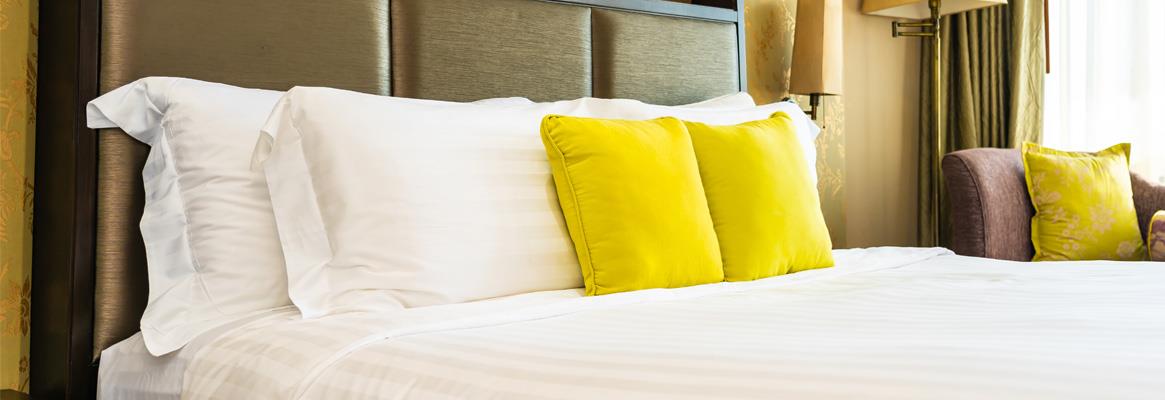Global textile and apparel market is estimated at $990 billion, in which India stands sixth in ranking of suppliers. This market is expected to grow at 4 per cent CAGR for the next decade beginning 2022, while the home textile segment is projected to grow at CAGR of over 5 per cent during the same period.
In India, realisation of the opportunities in the home textile segment, coupled with the government’s focus on the textile sector, has resulted in the industry getting the much-needed impetus.
The Indian textile industry has been steadily growing for the past three decades and it is expected to continue its positive growth of about 8-10 per cent per annum in the coming years, which will be nearly double the global market growth rate. India is a developing country, which is still trying to meet some of its basic needs like food and clothing, but it is also steadily moving forward economically speaking, with an annual GDP growth of 7-9 per cent. This means more and more Indians are now able to spend more on areas like fashion, housing and interior design, when it comes to making decisions about how their income can be best used.
If we look back at the 70s, two most important things on everyone’s mind as necessities were food and clothing. During that period, many people could not even afford to buy these basic necessities. With the passage of time, however, home has become more manageable and the new focus of attention in this 21st century. Today, we’re still in what you can consider a preliminary stage of consumption as far as home textiles and furnishing fabrics are concerned. These are still out of reach for many Indians at this stage, a situation that reveals a long-term potential at all quality and price levels for these products.
Interestingly, today, of all the home textiles sold in India, about 50 per cent are bed sheets. This clearly indicates that except for the high-end market dominated by HNIs (high net-worth individuals), we are yet to afford spending on more luxurious and premium, decorative products like curtains, upholstery, cushion covers and carpets, which are more expensive products within the home textiles space.
But within few years from now, along with the economic prosperity that we have already gained and people’s increasing levels of disposable income, another transformation will begin to take hold in the market. People will eventually shift their choices towards wider range of furnishing fabrics and home textiles, superior quality carpets as well as luxurious pillows and so on.
Even through the pandemic, home textile sales have continued to grow. In fact, home textile sales have even gone up as much as 25-30 per cent in the country. People are now aspiring for a better and more stylishly comfortable lifestyle that reflects their interests and comfort. This shift means companies will see an increase in competition amongst each other as well as a rise in new brands entering the market trying to attract more and more customers.
The market will move towards branded products across categories because our per capita consumption is very low at this point, which is sure to increase for three reasons: rising incomes, rising consumer aspiration, and growth in construction and building of more houses in the country. So, we will one day move where America and Europe are today in the home textiles consumption. Only question is how soon? Meanwhile, industry and trade will have to together work aggressively to realise this potential, as fast as they can!








Comments